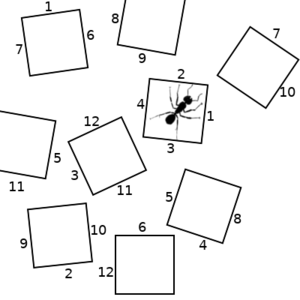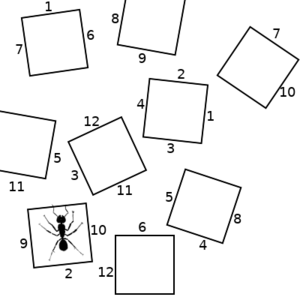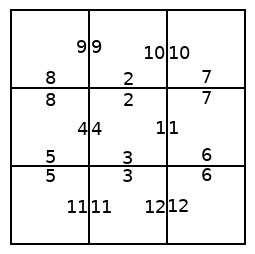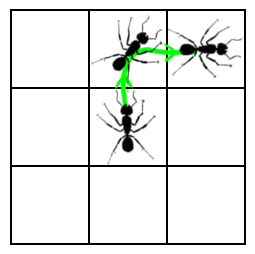Difference between revisions of "Wormholes"
| Line 8: | Line 8: | ||
Usually, space and time are so much an integral part of our existence that we don't even think of them at all. They simply form a backdrop on which all the interesting stuff plays out. But when we do think about them, we're so accustomed to living in a world where they exist and where distances are well defined and events can be uniquely identified based on <i>where</i> and <i>when</i> they happened (or are happening or will happen) that a lot of stuff seems so obvious that we don't stop to think about if it really has to be this way or if there are other possible ways of doing things. | Usually, space and time are so much an integral part of our existence that we don't even think of them at all. They simply form a backdrop on which all the interesting stuff plays out. But when we do think about them, we're so accustomed to living in a world where they exist and where distances are well defined and events can be uniquely identified based on <i>where</i> and <i>when</i> they happened (or are happening or will happen) that a lot of stuff seems so obvious that we don't stop to think about if it really has to be this way or if there are other possible ways of doing things. | ||
<table class="center" style="width: auto; margin-left: auto; margin-right: auto;"> | |||
<tr> | |||
<td width=400>[[File:Space_elements_1.png|frameless]] | |||
<td width=400>[[File:Space_elements_2.png|frameless]] | |||
<td width=400>[[File:Space_elements_3.png|frameless]] | |||
</table> | |||
<table class="center" style="width: auto; margin-left: auto; margin-right: auto;"> | |||
<tr> | |||
<td width=255>[[File:Space_elements_grid.png|frameless]] | |||
<td width=255>[[File:Space_elements_grid_path.png|frameless]] | |||
</table> | |||
==Credit== | ==Credit== | ||
Revision as of 21:22, 24 October 2021
Wormholes are hypothetical structures in space-time allowed by the general theory of relativity. They provide short cuts through space-time that connect one region of space and time to another; potentially, these regions can be very distant from each other. The symmetries in space-time of our universe mean that wormholes move like physical objects, and acquire the conserved (or in some cases approximately conserved) quantities of things that go into them and lose those quantities of things that come out – properties like energy, mass, momentum, angular momentum, and electric charge.
What is a wormhole? The geometry of space-time and how to twist it into a pretzel
We're going to have to start out with some pretty heady stuff. Like the very nature of existence. And what is reality, anyway? Usually, space and time are so much an integral part of our existence that we don't even think of them at all. They simply form a backdrop on which all the interesting stuff plays out. But when we do think about them, we're so accustomed to living in a world where they exist and where distances are well defined and events can be uniquely identified based on where and when they happened (or are happening or will happen) that a lot of stuff seems so obvious that we don't stop to think about if it really has to be this way or if there are other possible ways of doing things.

| 
| 
|

| 
|
Credit
Author: Luke Campbell